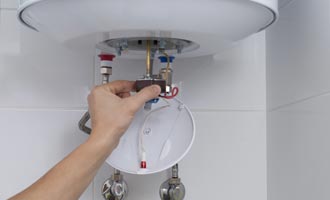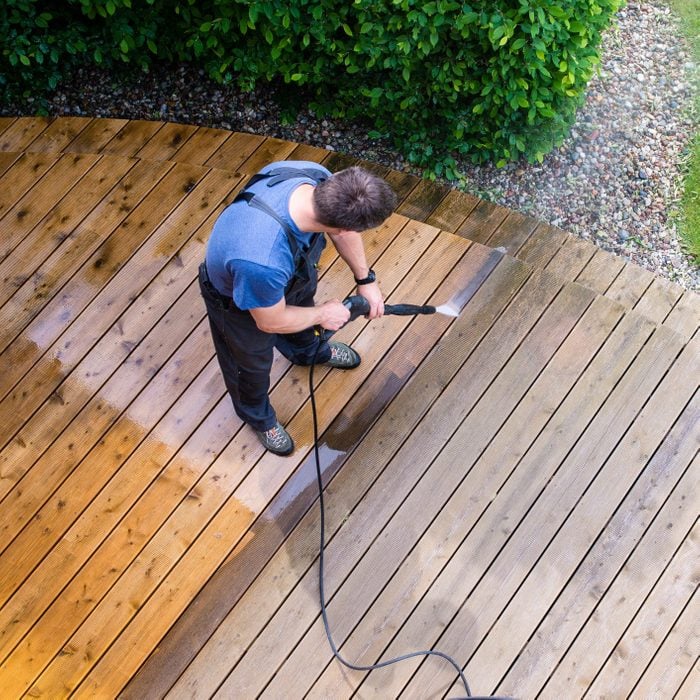Easy-to-Follow Approaches for Addressing Low Water Pressure in Your Home
Easy-to-Follow Approaches for Addressing Low Water Pressure in Your Home
Blog Article
Just how do you really feel in relation to 9 Reasons for Low Water Pressure in Your House?

Low tide stress in your home can be an irritating trouble, influencing whatever from showering to washing recipes. If you're experiencing weak water circulation, there are numerous feasible causes and solutions to check out. In this overview, we'll go over usual factors for low water stress and sensible steps to deal with the problem properly.
Intro to Low Tide Pressure
Low water pressure occurs when the circulation of water from your taps, showers, and other components is weaker than normal. This can make everyday jobs much more difficult and less reliable. Understanding the reasons for low water pressure is important to discovering the right solution.
Common Root Causes Of Low Tide Pressure
Pipe Obstructions
Gradually, pipes can end up being obstructed with mineral deposits, debris, or particles, restricting the flow of water. This is a typical problem in older homes with galvanized steel pipelines.
Corrosion
Corrosion within pipelines can result in leakages and reduced water pressure. Rust buildup can constrict water flow, especially in aging plumbing systems.
Faulty Pressure Regulatory Authorities
Stress regulatory authorities are accountable for keeping consistent water pressure in your home. If they malfunction, it can lead to low tide pressure or irregular flow throughout your home.
Municipal Water System Issues
Sometimes, the problem exists outside your home. Community water supply issues, such as main line leaks or upkeep job, can momentarily minimize water stress in your area.
Exactly How to Identify Low Water Stress
Examining Taps and Fixtures
Beginning by checking the water stress at different faucets and components throughout your home. If the problem is separated to particular areas, it may show local issues.
Inspecting Pipes
Inspect noticeable pipelines for indications of leaks, rust, or blockages. Take note of any type of unusual sounds, such as banging or rattling pipes, which could indicate problems within the plumbing system.
Consulting with a Plumber
If you're not able to determine the source of low water stress, consider hiring an expert plumber to carry out a thorough evaluation. They can recognize underlying issues and advise proper remedies.
DIY Solutions to Repair Low Tide Stress
Cleansing Aerators and Showerheads
Natural resources can accumulate in aerators and showerheads, decreasing water flow. Eliminate and clean these parts frequently to boost water pressure.
Flushing Hot Water Heater
Debris buildup in the hot water heater can restrict flow and lower performance. Purging the tank occasionally helps remove sediment and maintain optimal performance.
Checking Pressure Regulatory Authority
Make certain that the stress regulatory authority is operating appropriately. Changing or changing the regulator can aid restore correct water pressure throughout your home.
Cleaning Clogs in Pipeline
For small blockages, attempt using a plumbing snake or chemical drainpipe cleaner to clear blockages in pipelines. Be cautious when using chemicals and adhere to security guidelines.
When to Call a Specialist Plumber
If do it yourself efforts fail to settle the problem or if you think significant plumbing issues, it's best to look for help from a licensed plumber. They have the expertise and devices to attend to complex issues safely and effectively.
Safety Nets to Maintain Water Pressure
Routine Upkeep
Set up regular upkeep for your plumbing system to avoid problems such as rust, leakages, and obstructions. Resolving small problems early can aid stay clear of even more considerable fixings later on.
Installing a Pressure Booster
Consider installing a pressure booster pump to enhance water stress in areas with regularly reduced flow. This can be especially helpful for multi-story homes or residential or commercial properties with high-demand fixtures.
Monitoring Water Usage
Be mindful of water usage habits and avoid ill-using the plumbing system. Basic modifications, such as astonishing showers and washing tons, can help maintain appropriate water stress.
Conclusion
Taking care of low water stress can be irritating, however identifying the underlying reasons and executing appropriate options can restore optimum flow throughout your home. Whether it's cleaning up aerators, checking pipes, or speaking with a plumber, taking positive steps can make sure a constant supply of water for your everyday needs.
FOUR WAYS TO FIX LOW WATER PRESSURE NOW
Turning on a shower or faucet only to find the water comes out in a sad, slow drizzle is never a good feeling. How exactly are you supposed to wash a pan or take a quick shower when it takes 10 minutes just to rinse off a little soap? The good news is that when your water pressure is bad, there's always a cause: typically one that can be easily fixed. Here are some of the most common causes of low pressure and what you can do to fix the issue:
DEBRIS AND MINERAL DEPOSIT BUILDUPS
If you notice low water pressure from just one or two of the fixtures in your house, the problem likely has to do with debris buildup. Water is full of minerals and other debris, all of which can accumulate in your pipes and on your fixtures. This can cause a blockage that affects how much water flows through. To fix this, try filling a small plastic bag with white vinegar, and use a rubber band to hang it around your showerhead or faucet. Let the head of the fixture soak for a few hours, and the vinegar should loosen the deposits.
WATER LEAKS
Leaks are another common cause of low water pressure. If water is flowing out of your plumbing through a hole or crack before it can reach your fixture, the pressure coming out of the faucet or showerhead will be lower. A plumbing professional is your best bet for finding and repairing a leak in your water supply pipes.
Leaks are another common cause of low water pressure. If water is flowing out of your plumbing through a hole or crack before it can reach your fixture, the pressure coming out of the faucet or showerhead will be lower. A plumbing professional is your best bet for finding and repairing a leak in your water supply pipes.
FOUR WAYS TO FIX LOW WATER PRESSURE NOW
Turning on a shower or faucet only to find the water comes out in a sad, slow drizzle is never a good feeling. How exactly are you supposed to wash a pan or take a quick shower when it takes 10 minutes just to rinse off a little soap? The good news is that when your water pressure is bad, there's always a cause: typically one that can be easily fixed. Here are some of the most common causes of low pressure and what you can do to fix the issue:
DEBRIS AND MINERAL DEPOSIT BUILDUPS
If you notice low water pressure from just one or two of the fixtures in your house, the problem likely has to do with debris buildup. Water is full of minerals and other debris, all of which can accumulate in your pipes and on your fixtures. This can cause a blockage that affects how much water flows through. To fix this, try filling a small plastic bag with white vinegar, and use a rubber band to hang it around your showerhead or faucet. Let the head of the fixture soak for a few hours, and the vinegar should loosen the deposits.
WATER LEAKS
Leaks are another common cause of low water pressure. If water is flowing out of your plumbing through a hole or crack before it can reach your fixture, the pressure coming out of the faucet or showerhead will be lower. A plumbing professional is your best bet for finding and repairing a leak in your water supply pipes.
Leaks are another common cause of low water pressure. If water is flowing out of your plumbing through a hole or crack before it can reach your fixture, the pressure coming out of the faucet or showerhead will be lower. A plumbing professional is your best bet for finding and repairing a leak in your water supply pipes.
A VALVE ISSUE
If you have low water pressure throughout your home, check your main shut-off valve to make sure it's completely open. You may also want to see if there's a pressure-reducing valve installed. If there is, have a plumber help you adjust the settings to get the pressure you're looking for.
OTHERS USING WATER
Believe it or not, your low water pressure could be caused by your neighbors. If you notice low pressure at certain times of day, it may be because you and the people living next to you have similar schedules - when everyone is showering at the same time, the pressure will be lower in every home. Low pressure throughout the neighborhood may also be caused by an issue with your municipal water supply. If that's the case, call the supplier to see if they're working on the issue.
https://www.rotorooter.com/blog/water-leaking/low-water-pressure-fixes/

As an enthusiastic reader about Dealing with Low Water Pressure in Your Home, I was thinking sharing that section was a good idea. Sharing is good. Helping others is fun. Many thanks for taking the time to read it.
Schedule Estimate Report this page